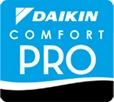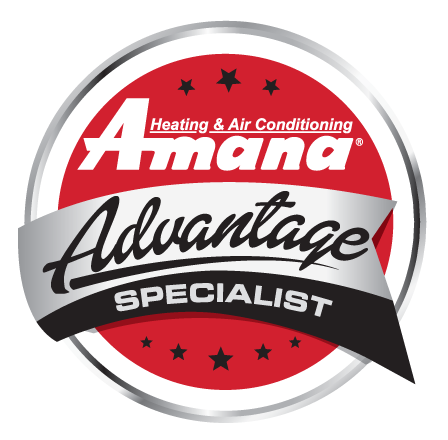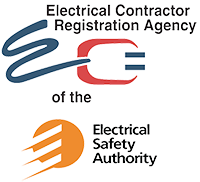As temperatures drop, your furnace becomes the heart of your home’s comfort. But sometimes, even well-intentioned homeowners make common furnace mistakes that lead to higher energy bills, uncomfortable spaces, or worse, costly repairs. Here’s a look at some frequent furnace errors and how to steer clear of them to keep your system running smoothly all season long.
1. Skipping Regular Maintenance
One of the biggest mistakes homeowners make is neglecting regular furnace maintenance. Just as cars need tune-ups, your furnace needs annual servicing to perform at its best. Without it, dust and dirt can accumulate, reducing efficiency and potentially leading to breakdowns when you need it most. Professional HVAC technicians can spot minor issues early before they become major problems.
Tip: Schedule a yearly furnace check-up before winter kicks in to keep everything running smoothly.
2. Neglecting to Change the Filter
A clogged filter can be the root cause of many furnace problems. Dirty filters restrict airflow, forcing your furnace to work harder, which can lead to overheating and wear. This simple task not only improves air quality but also keeps your furnace efficient and extends its lifespan.
Tip: Change your filter every 1-3 months during heavy-use seasons. If you have pets or allergies, consider checking it even more often.
3. Ignoring Strange Noises or Odors
If your furnace starts making unusual noises or emitting odd smells, it could signal an underlying problem. Rattling, squeaking, or grinding noises often indicate worn parts, while odd smells can point to dust, mold, or even a gas leak.
Tip: Don’t wait for these issues to resolve themselves—call a professional to inspect and diagnose the problem before it worsens.
4. Blocking Vents and Registers
It’s easy to overlook vents and registers when rearranging furniture, but blocking these airflow points can disrupt the heating balance in your home. Blocked vents make your furnace work harder and may lead to uneven heating, leaving some rooms too hot or too cold.
Tip: Keep furniture, rugs, and other obstructions away from vents and registers for optimal airflow and energy efficiency.
5. Setting the Thermostat Too High or Too Low
While it may be tempting to crank up the heat on chilly days, setting your thermostat too high only causes your furnace to cycle more frequently, leading to increased wear and tear. Similarly, setting it too low can make your furnace struggle to catch up, especially when the temperature drops suddenly.
Tip: Aim to keep your thermostat set at a comfortable temperature, ideally between 68-72°F when you’re home, and lower when you’re asleep or away. A programmable thermostat can help you automate these settings for better efficiency.
6. DIY Repairs or Skipping Professional Help
Your furnace is a complex machine with various moving parts. Attempting to fix issues yourself without the right expertise can result in more harm than good, leading to safety hazards or even voiding warranties.
Tip: Leave repairs to licensed HVAC professionals. They have the knowledge and tools to safely address issues and help keep your furnace in top condition.
7. Not Considering Furnace Replacement at the Right Time
Older furnaces are typically less efficient than newer models, costing you more in energy bills and repairs. Holding onto an outdated furnace can also increase your risk of breakdowns when you need heat most.
Tip: If your furnace is over 15-20 years old, consider upgrading to a more energy-efficient model. Newer furnaces can significantly lower energy costs, especially if you live in
















